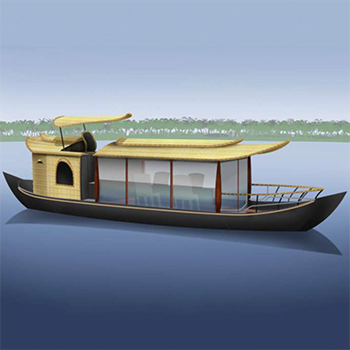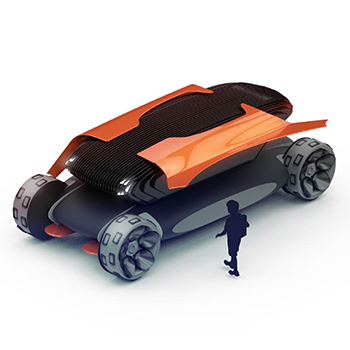Designers, artists, and sculptors use several methods to create and visualise forms. Traditional methods involve using materials like clay, foam, metals, and so on to sculpt the desired shape. Modern methods like 3D printing are additive, that is, the sculpting is done by continuous addition of material. Even in the automotive domain, industrial plasticine is used to develop forms for vehicle exteriors.
The problem with these methods is that they are either too time-consuming or labor-intensive, or the process is not flexible enough. For instance, a 3D-printed model cannot be further modified. Foam or clay modelling requires specific tools and skill sets. Therefore, there is a need for a form development method that can be used to quickly create and visualise aesthetic forms.
Swarm behaviour in nature was studied for this. Birds, fish, and even mammals often travel in very large swarms, seemingly guided by an unknown force. They can rapidly rearrange and reorganise themselves to change direction, avoid threats, and so on. The mechanism of swarm formation was studied in order to understand and apply it in the context of form development. The existing applications of swarm-inspired technology were also studied in order to get context for the proposed solution.



